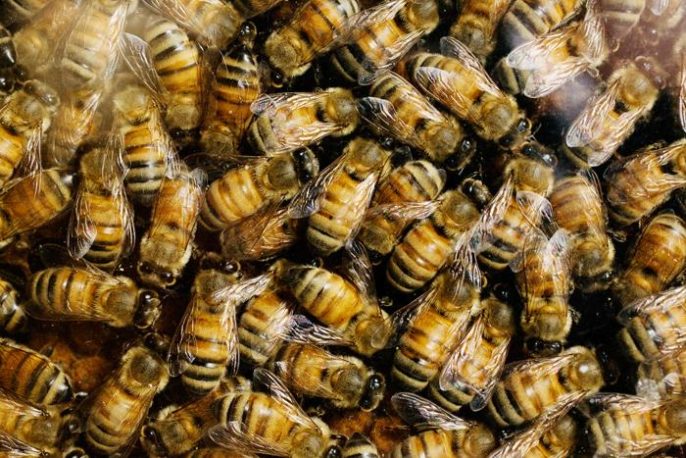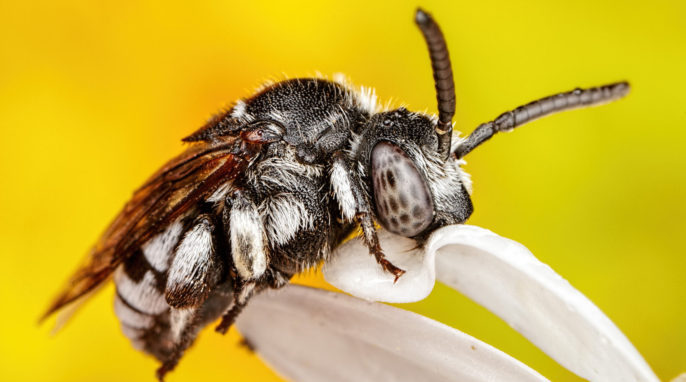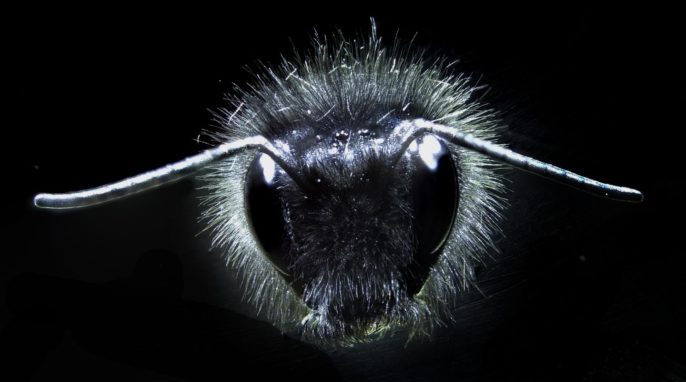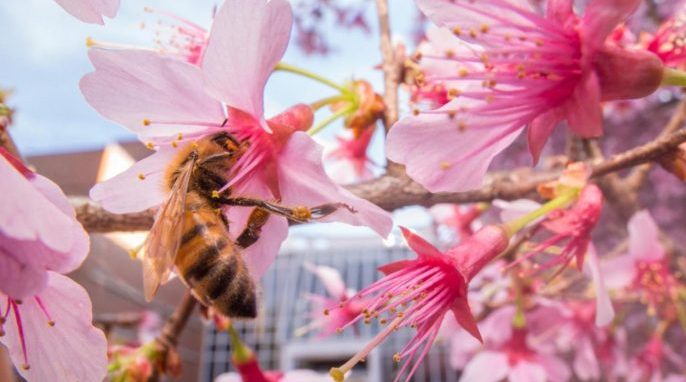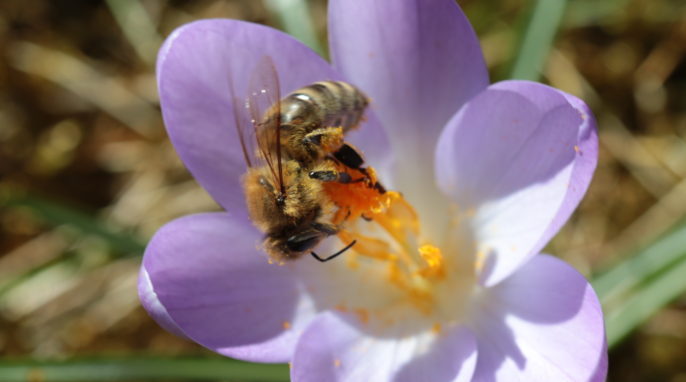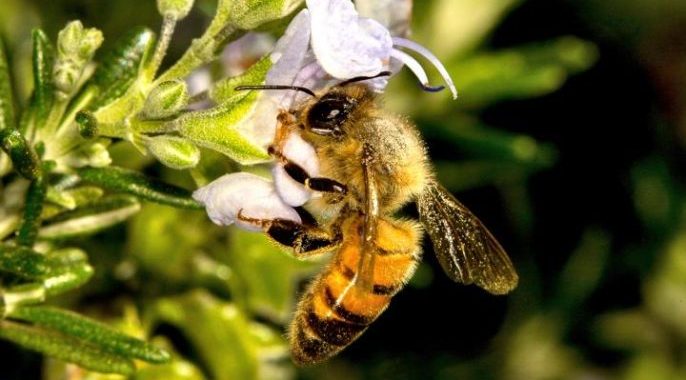Honeybees Are Attracted to Fungicides and Herbicides
Scientists found that honeybees are attracted to fungicides and herbicides. Honeybees have a deadly attraction to the chemicals in Roundup. By Neha Jain Whenever you eat fruits, vegetables, and nuts, take a moment to thank honeybees for their pollination services that contribute $17 billion to the US economy each year. In fact, almonds are almost solely dependent on honeybees for pollination. Populations of these much-needed pollinators have mysteriously plunged over the past decade, and many studies suggest a link to the use of neonicotinoid insecticides among other factors such as…
Read More
